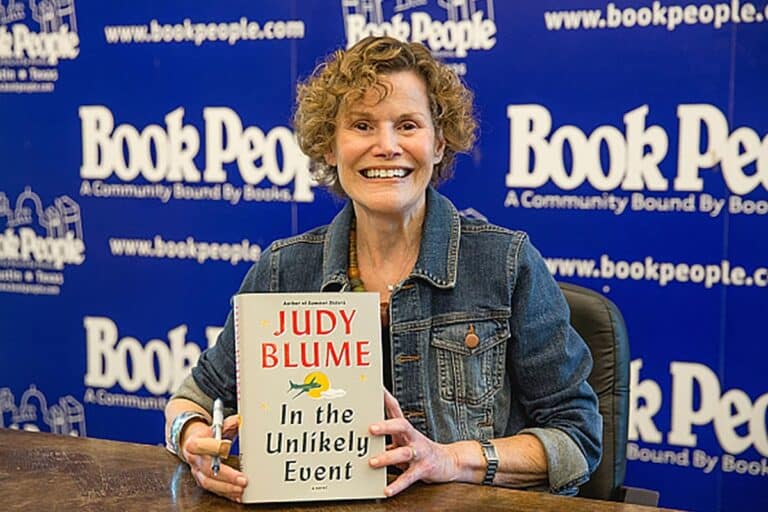
Whether during school or before bed, there’s a good chance you spent a part of your childhood engrossed in a book. But did you know that many of those cherished tales were written by Jewish authors?
From folktales to beloved series, children’s literature has a fascinating history, one that was deeply influenced by Jewish authors.
Jewish authors such as Judy Blume, Maurice Sendak, and Shel Silverstein have significantly contributed to children’s literature, paving the way for Jewish and minority representation and encouraging honest discussions about emotions in kids’ books.
So, let’s explore 13 Jewish children’s book authors from the classic to the contemporary — the books they’re best known for and their own Jewish identities. Undoubtedly, several of these authors shaped your childhood, perhaps without you even realizing it.
Sydney Taylor (1904-1978)
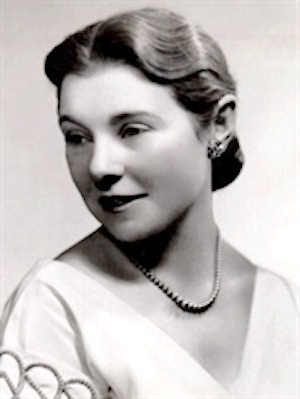
Sydney Taylor stands out among Jewish children’s book authors for her significant contribution to children’s literature that explores Jewish-American identity.
The daughter of German-Jewish immigrants, Taylor grew up on Manhattan’s Lower East Side in an Orthodox family with four sisters. Years later, as a parent, she would often tell her daughter stories of her childhood. She began writing these stories down, leading to her book, “All-of-a-Kind Family.”
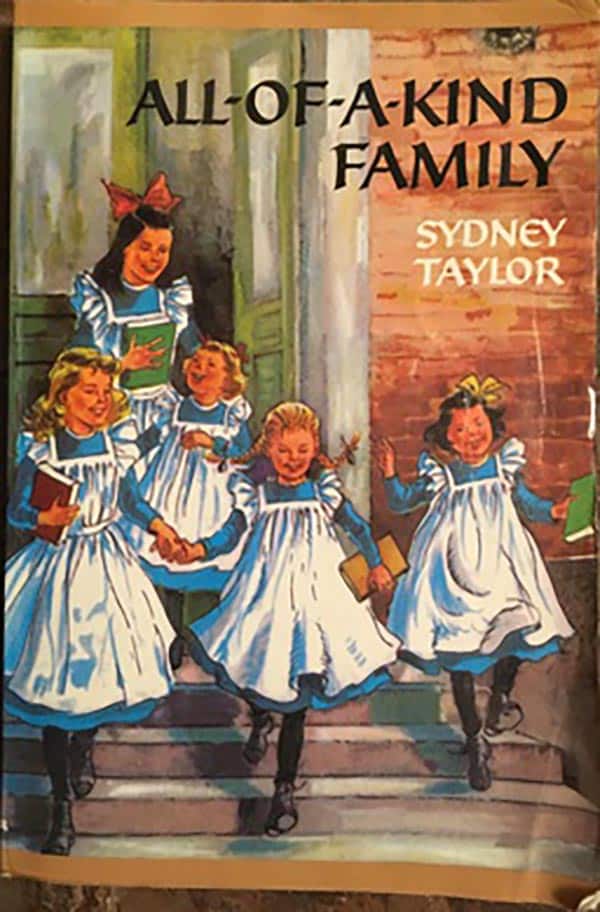
The book, first published in 1951, chronicles the adventures of five Jewish sisters as they explore turn-of-the century Manhattan and celebrate Shabbat and Jewish holidays.
“All-of-a-Kind Family” is one of the earliest children’s books exploring Jewish-American identity, as the girls are born-and-bred New Yorkers and celebrate the 4th of July.
After Taylor’s death, the Association of Jewish Libraries established the Sydney Taylor Book Award, “presented annually to outstanding books for children and teens that authentically portray the Jewish experience.”
Ezra Jack Keats (1916-1983)
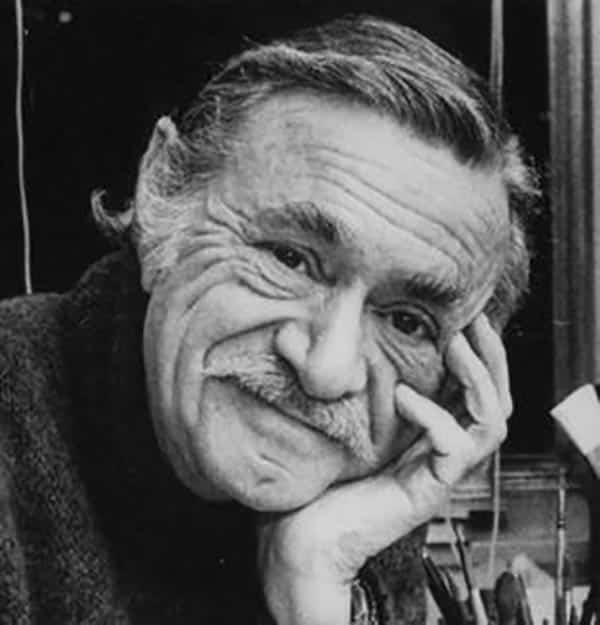
Considered “the grandfather of diversity in children’s literature,” Ezra Jack Keats wrote and illustrated over 80 books, the most famous of which is “The Snowy Day.”
Born in Brooklyn to Polish-Jewish immigrants, Keats grew up in a poor family and became one of the most influential children’s book authors and illustrators of the 20th century. He particularly stands out for trailblazing greater representation in children’s books.
At a time when many children’s books depicted animals in rural settings, Keats broke the mold by placing his ethnically-diverse characters in urban environments similar to his own upbringing. He was also one of the first illustrators to use collage in his books.
Although Keat’s works did not explicitly engage Jewish themes, the settings reflect his own neighborhood, where many Jews and other minorities lived.
Keat’s Caldecott Medal-winning book “The Snowy Day,” released during the 1960s’ Civil Rights Movement, follows a boy named Peter as he explores his snow-filled city and tries to see if his snowballs can last until the next day.
“The Snowy Day” is one of the earliest popular children’s books to portray a Black protagonist without resorting to caricature. Keats said that he wrote Peter as a Black boy because children of color deserve representation in books, stating, “My book would have him there simply because he should have been there all along.”
In 2012, the U.S. Library of Congress selected “The Snowy Day” as one of the 88 books that shaped America (of the authors in this article, Maurice Sendak’s “Where The Wild Things Are,” was also included on the list).
Maurice Sendak (1928-2012)

Described by the New York Times as “the most important children’s book artist of the 20th century,” Maurice Sendak is most beloved for his standout work, “Where the Wild Things Are.”
Sendak, who was born in Brooklyn to Polish-Jewish immigrant parents, was deeply impacted by his difficult childhood. Many of his family’s relatives died in the Holocaust, and Sendak was often ill and confined to his bed.
However, these personal tragedies fueled Sendak’s creativity and the messages in his books.
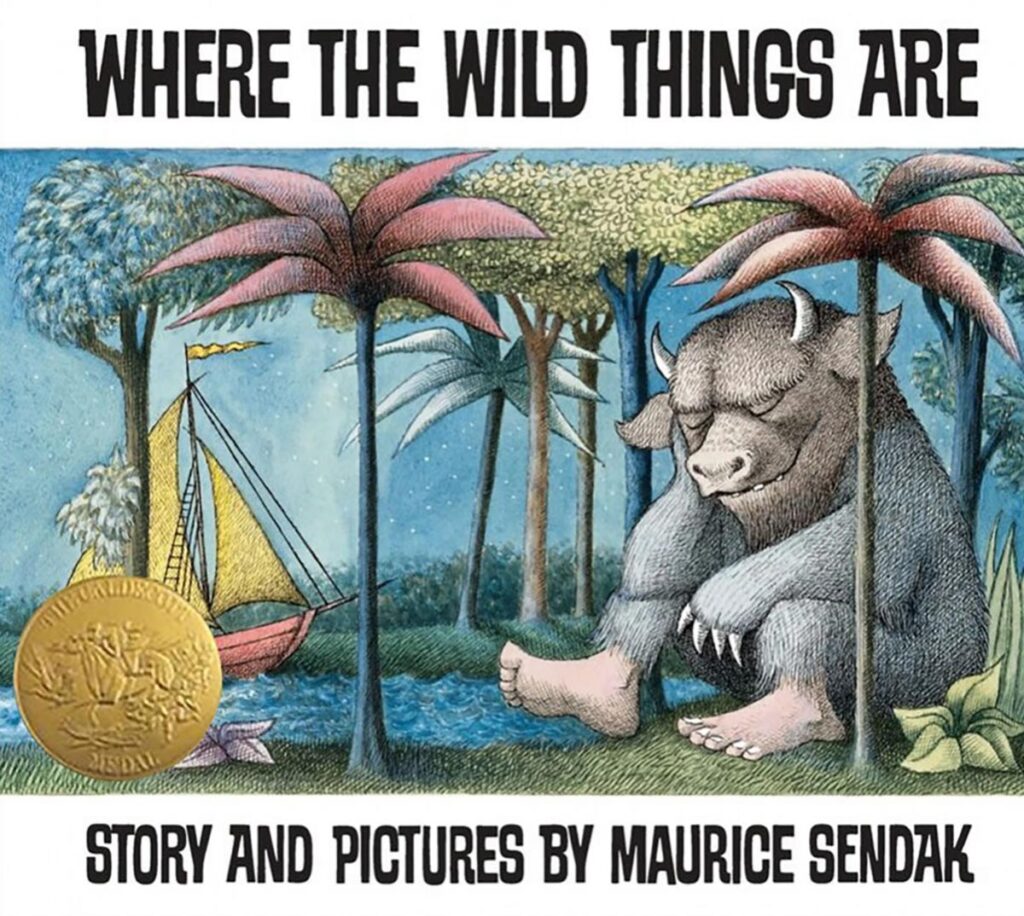
“Open Sendak’s books and you’ll see bits of his childhood in the lives of his characters. Whether it’s Max of ‘Where the Wild Things Are’ or Mickey of ‘In the Night Kitchen,’ these curious little boys are in their rooms, staring out a window, as if trying to escape reality and enter the dreamland of the night,” Lauren Silverman of NPR noted.
For example, in “Where The Wild Things Are,” the protagonist Max is often sent to bed without supper. He also embodies the term “wild thing,” a reference to the Yiddish phrase vilde chaya or “wild animal,” which Sendak’s mother called him when he misbehaved.

Sendak won the Caldecott Medal in 1964 for the book, and many today praise “Where The Wild Things Are” for accurately depicting the full range of a child’s emotions. Over the years, the book has been adapted for theater, film, and even opera.
Shel Silverstein (1930-1999)
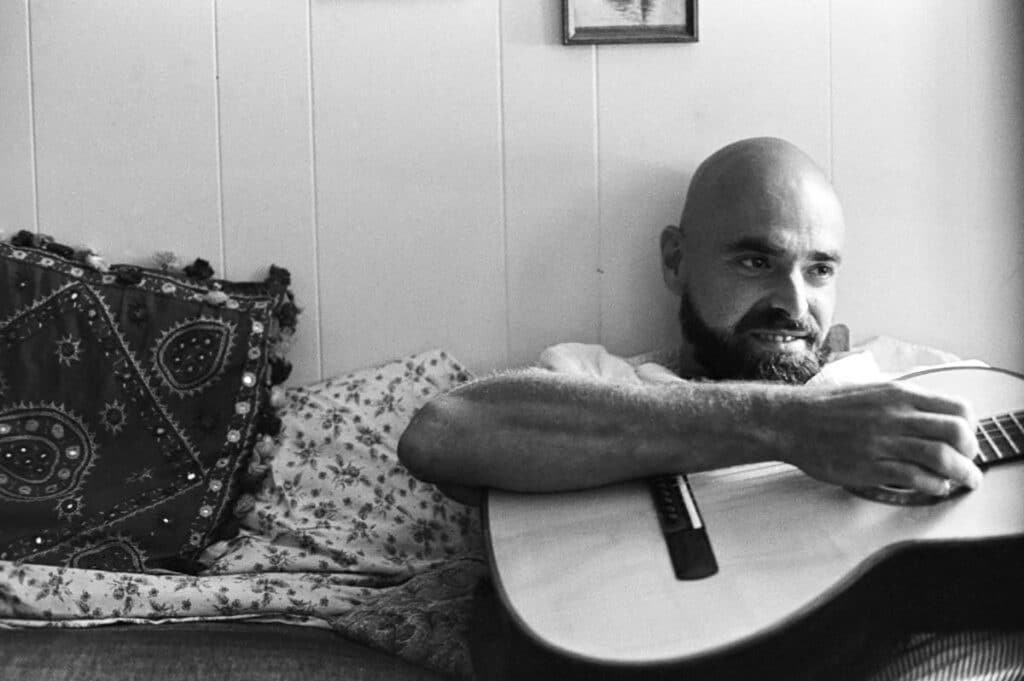
Born to a Jewish family in Chicago, Shel Silverstein overcame the challenges of dyslexia as a child to become one of the most recognizable children’s authors of all time.
Silverstein authored and illustrated almost two-dozen books throughout his lifetime, which have sold over 20 million copies, and have been translated into over 30 languages.
He illustrated all of his works himself, using his signature style of black-and-white simple line drawings. “The Giving Tree” author was known to tell more nuanced children’s stories — he didn’t concern himself with happy endings or straightforward life lessons.
Released in 1964, “The Giving Tree” is a deceptively simple tale about a boy who enjoys a particular tree with profound messages about love, aging, and sacrifice.
While “The Giving Tree” sticks with a simple formula, Silverstein’s popular poetry books — such as “Where The Sidewalk Ends,” “A Light in the Attic,” and “Falling Up” — showcase his zanier, more inventive side. The subjects, which range from a machine built to do homework to a giant stack of pancakes, show his unique ability to reflect what a child may be thinking.
Margot Zemach (1931-1989)
Margot Zemach, an American illustrator and author of children’s books, is most famous for her retellings of traditional folk tales and fairy tales from around the world. Her delightful, humorous illustrations have made her a cherished figure in children’s literature.

Born to Jewish parents in Los Angeles, Zemach studied at the Los Angeles County Art Institute. She went on to illustrate over 40 books, some of which she also wrote. She and her husband, Harve Zemach, also collaborated on several books.
Among her most popular books are “It Could Always Be Worse,” a Jewish folktale about a poor man who learns to appreciate his cramped house. The story has a universal lesson about gratitude while also emulating the singular, sarcastic nature of Yiddish culture.
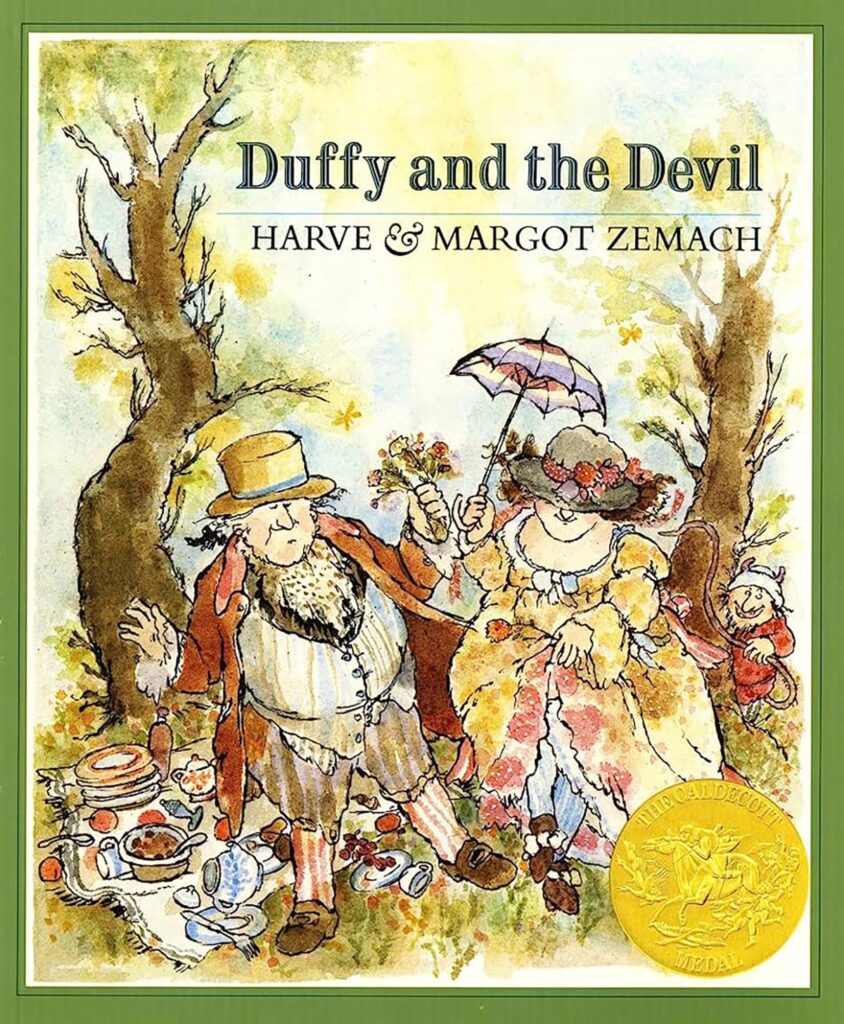
She is also known for “Duffy and the Devil,” a Cornish tale about about a lazy girl who makes a deal with the devil to do her chores, only to outsmart him in the end and free herself from their contract. She won a Caldecott Honor and Caldecott Medal for these books, respectively.
Judy Blume (1938-)
Next up is an author who’s been writing books for young readers for over 50 years, inspiring countless other children’s book authors.
Some of Blume’s novels — like “Are You There God? It’s Me, Margaret” and “Starring Sally J. Freedman As Herself” — reflect her own secular Jewish upbringing.
For example, in “Are You There God? It’s Me, Margaret,” the 11-year-old character Margaret Simon lives in New Jersey and grows up in an interfaith household, just like Blume did. One of the book’s major themes is Margaret’s exploration of her religious identity growing up in an interfaith family.

Earlier this year, the book was adapted for the big screen. A documentary on the author, “Judy Blume Forever,” was also released, highlighting Blume’s groundbreaking role in candidly addressing topics such as puberty, bullying, and sexuality in literature for young readers.
However, Blume’s chutzpah — writing about previously-taboo subjects for young readers — has made her books controversial. The Florida-based author is one of the most banned authors in the United States — and also one of today’s biggest opponents of book banning and censorship.
Jane Yolen (1939-)
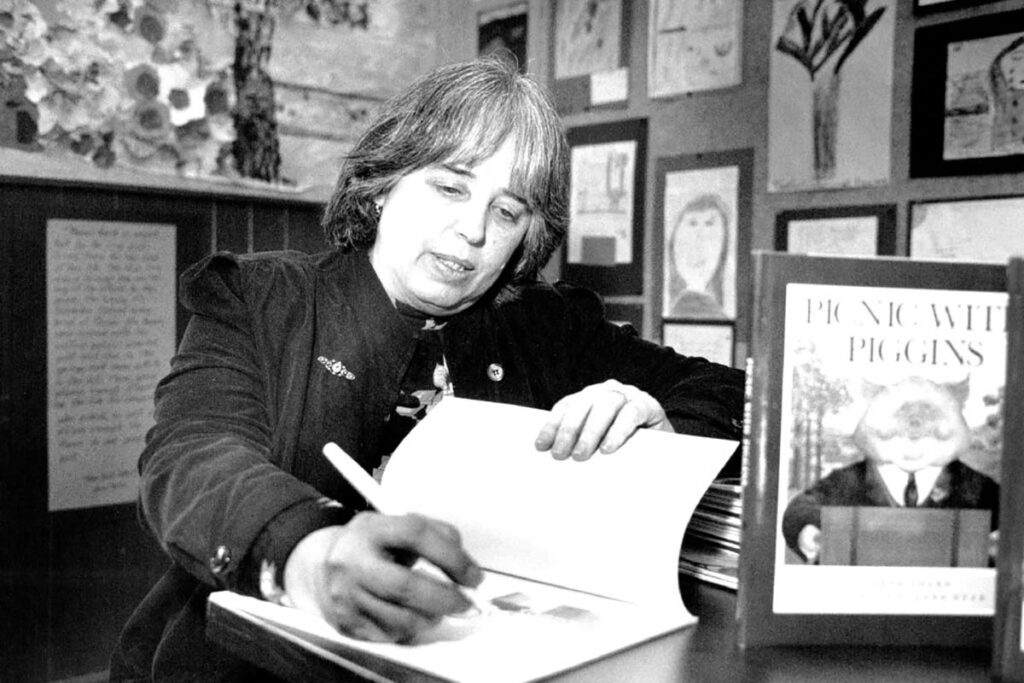
Acclaimed as “America’s Hans Christian Andersen,” Jane Yolen has authored over 300 books, spanning genres from fantasy to folklore and often weaving Jewish themes into her work.
Born in New York City to Jewish parents, Yolen began publishing in her early twenties, with “Pirates in Petticoats” as her debut.
Yolen’s novel, “The Devil’s Arithmetic,” has become a staple in Holocaust education. It tells the story of a contemporary Jewish girl, Hannah, who is transported back in time to a Polish village in the 1940s where she experiences the horrors of the Holocaust firsthand.
The National Jewish Book Award-winning book was adapted into a 1999 film starring Kirsten Dunst.
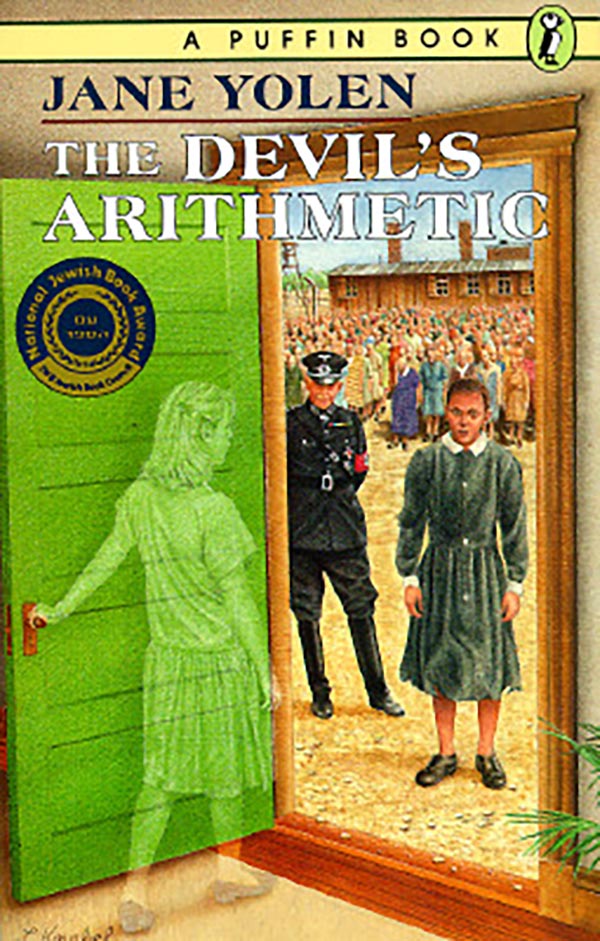
Yolen said of “The Devil’s Arithmetic”: “There are books one writes because they are a delight…books one writes because one is asked to…books one writes simply because the book must be written. ‘The Devil’s Arithmetic’ was this last kind.”
She also received the Caldecott Medal for her charming picture book, “Owl Moon.” The book is known for its beautiful illustrations and simple yet captivating storytelling.
In her books, Yolen often uses fantasy as a vehicle to explore complex subjects such as history, religion, and personal identity, embodying her belief: “I don’t care whether the story is real or fantastical. I tell the story that needs to be told.”
Michael Rosen (1946-)
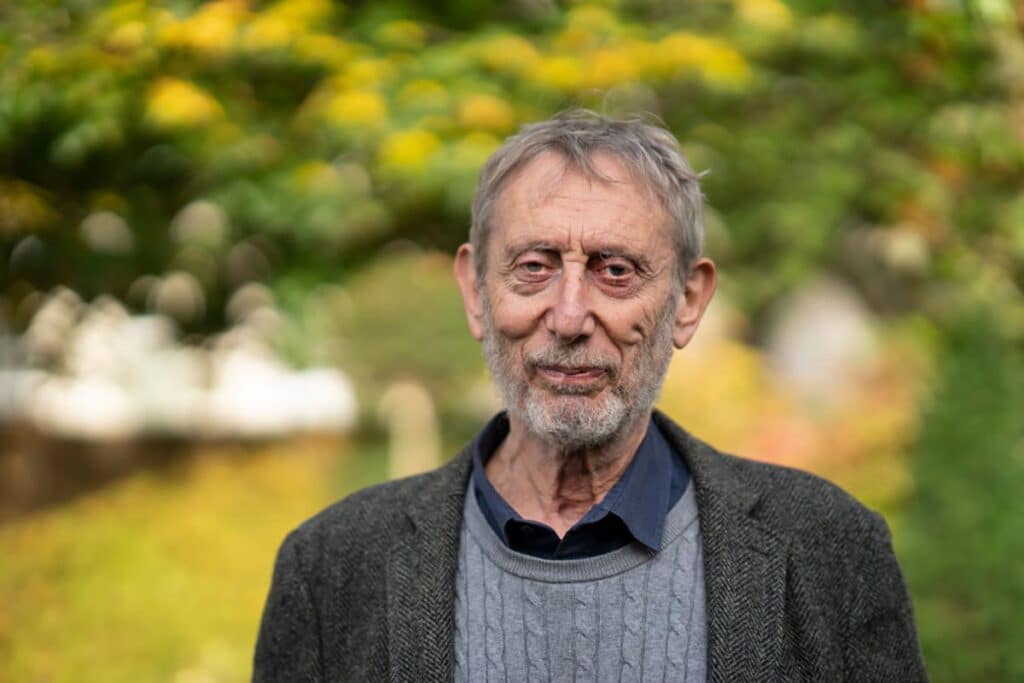
Hailing from Middlesex, England, Michael Rosen is one of the United Kingdom’s most prolific contemporary children’s book writers. He has authored over 140 books, including “We’re Going On A Bear Hunt” and “Sad Book.”
In his children’s books, Rosen is known for combining playful verses with sensory vocabulary. Here is Rosen performing his 1989 classic, “We’re Going On a Bear Hunt,” in a video that has garnered over 2 million views:
Rosen performs many of his other writings as well (which can be found on his YouTube channel), a practice he attributes to his Jewish heritage.
“I see myself as a poet and performer who has absorbed many traditions, one of which is ‘aggadic’ — that of Jewish story-telling,” he explained in The Morning Star.
In one of his more recent books, “The Missing: The True Story of My Family During World War II” (for adult readers), Rosen attempts to find out the stories of his relatives who disappeared during the Holocaust.
Eric Kimmel (1946-)
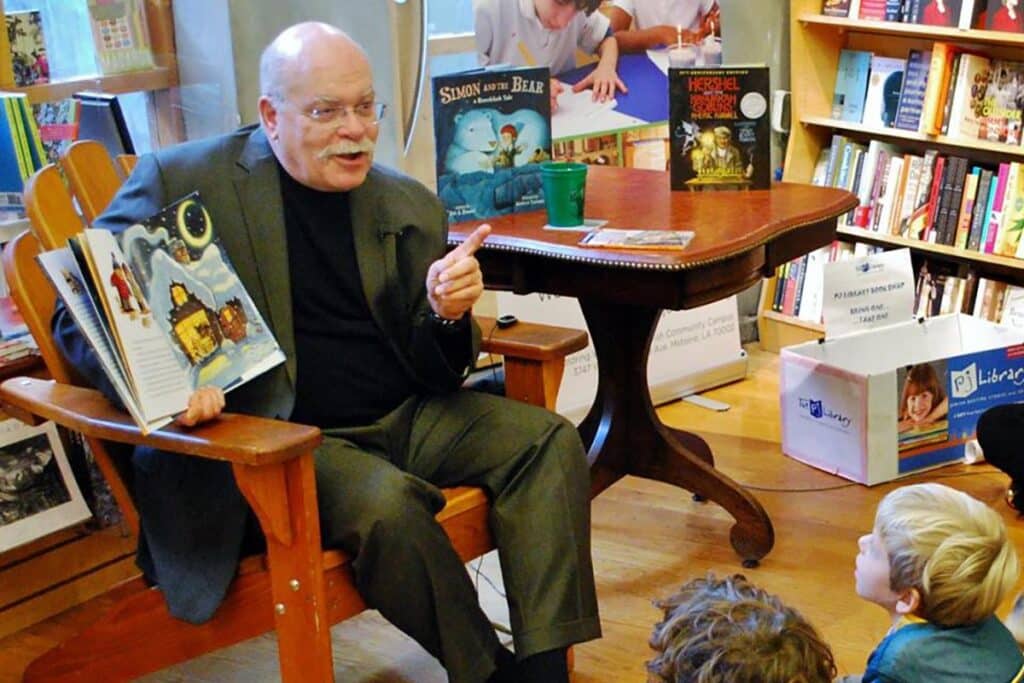
Eric Kimmel has long been a staple of Jewish children’s literature. A former elementary school principal, Kimmel’s career in children’s literature spans over four decades, and he is particularly known for his engaging retellings of traditional Jewish folktales.
Kimmel is inspired by a love for Jewish folktales and memories of his grandmother telling him these stories in Yiddish, when he was a child.
“I assumed every Jewish kid knew this material,” he said in an interview. “However, growing up, I found that was not the case at all. So, I began writing Jewish stories based in the folklore traditions…What began as a whim turned into a career.”
Among Kimmel’s most celebrated books is “Hershel and the Hanukkah Goblins,” which won the Caldecott Honor in 1990. In the book, Kimmel combines Jewish folklore characters and the story of Hanukkah to write a high-stakes tale entertaining readers of all ages.
His signature blend of tradition and narrative excitement can be found in his other books, such as “Gershon’s Monster” and “The Magic Dreidels.” Through his stories, Kimmel has made Jewish folktales and customs more accessible to children of all backgrounds.
Art Spiegelman (1948-)
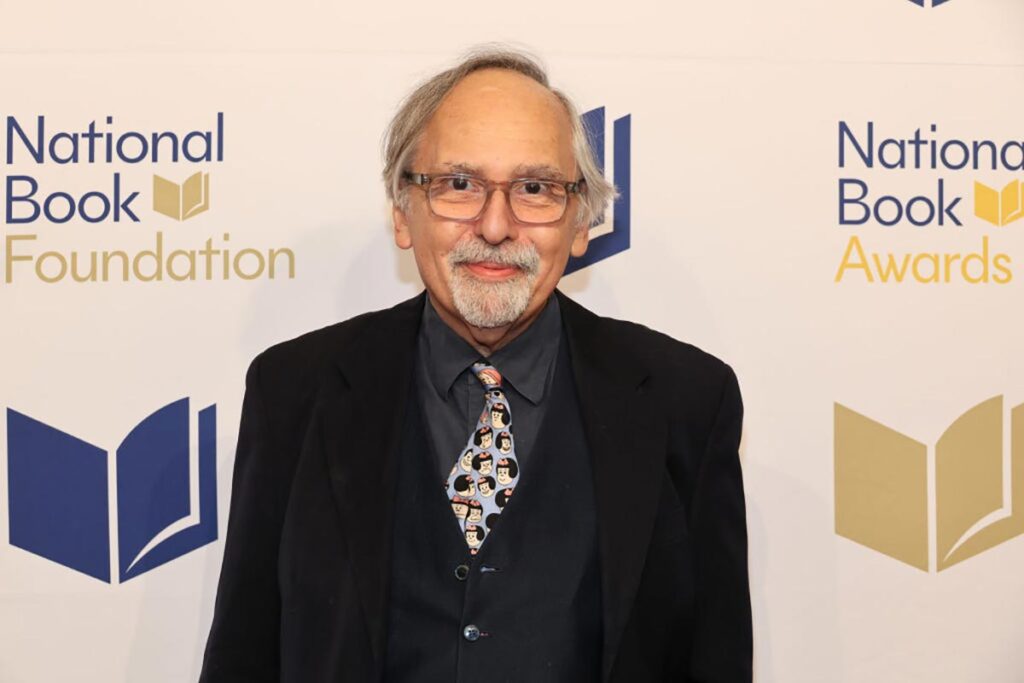
Although many Jewish creators deeply influenced the history of comic books and graphic novels, Art Spiegleman stands out for legitimizing graphic novels as a credible genre.
A child of two Holocaust survivors, Spiegelman was born in Sweden and immigrated to the U.S. at age 3. He began cartooning in his childhood and contributed to several newspapers before eventually writing and illustrating for the New Yorker.
However, what cemented Spiegelman’s legacy was his masterwork “Maus.” The graphic novel recounts the experiences of Spiegelman’s father during the Holocaust. It famously depicts Jews as mice, Nazis as cats, and Poles as pigs.

In 1992, “Maus” became the first and only graphic novel to win a Pulitzer Prize. While the book doesn’t shy away from depicting the horrors of the Shoah, it is often featured in middle-school libraries and curricula. In recent years, it has been banned from schools due to its graphic images, a notion Spiegelman vehemently opposes.
Lesléa Newman (1955-)

Lesléa Newman, the author of 75 books including “Heather Has Two Mommies” and “The Boy Who Cried Fabulous,” is known for discussing themes of identity and diverse narratives in her work.
“I write out of a Jewish lesbian experience about the human experience,” the Brooklyn-born author told the Jewish Book Council.
“Heather Has Two Mommies,” first published in 1989, was one of the first children’s books to portray same-sex parents in a positive light, capturing national attention.
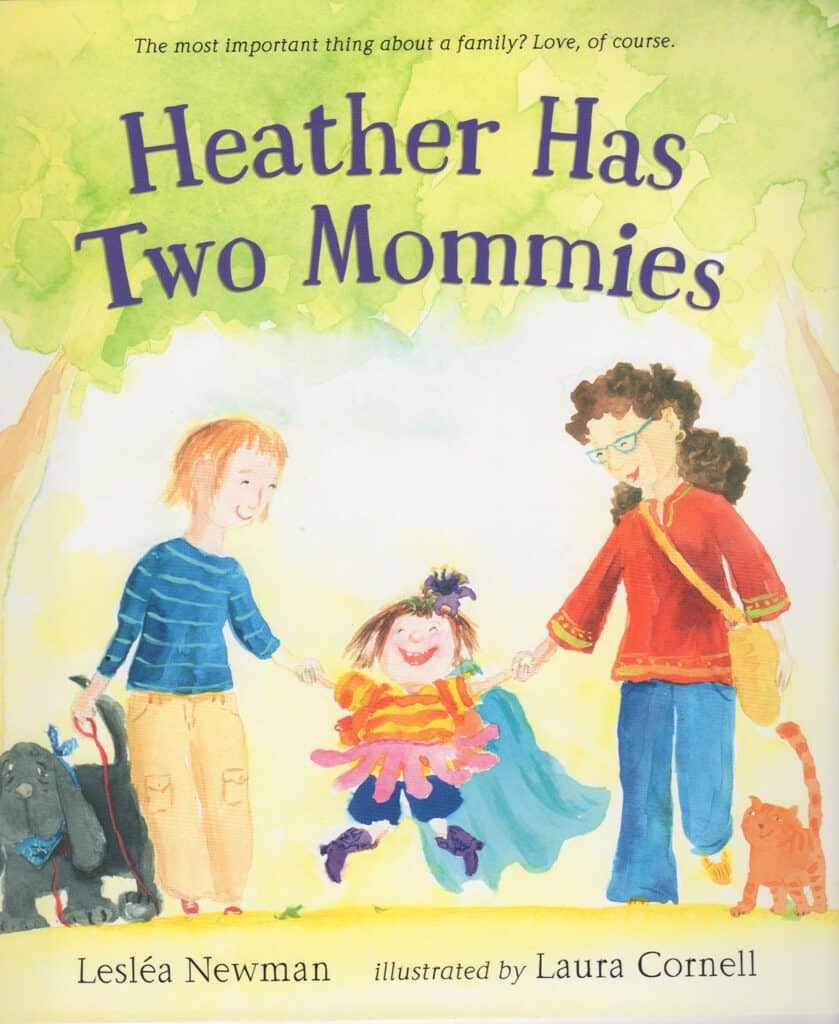
While the book still faces controversy today, frequently on the lists of challenged or banned books in the U.S., Newman paved the way for more LGBTQ+ representation in children’s literature.
Newman has published several other children’s books that address both the gay and Jewish experience. Among her Jewish-themed books, her award-winning “Welcoming Elijah: A Passover Tale With A Tail,” published in 2020, depicts a young boy celebrating Passover with his family when he notices a stray kitten outside his window.
Sylvia Rouss

If you grew up attending a Jewish day school, or if your parents just bought you a lot of Jewish children’s books in the 90s or 2000s, there’s a high likelihood you’ve come across Sylvia Rouss.
The California native is most famous for her “Sammy Spider” series, which follows a friendly spider living in a Jewish household, as he learns all about the traditions of his host family.
Rouss, an educator, was motivated to create Sammy Spider in order to help her 2-year-old students connect with their Jewish heritage. She designed her protagonist to exhibit the same curiosity and childlike wonder as her students.

The first book, “Sammy Spider’s First Hanukkah,” was released in 1993. Since then, Sammy has starred in over 20 books surrounding different Jewish traditions, translated into multiple languages. There is even a Sammy Spider Children’s Haggadah.
“Although I have written picture books about other characters, Sammy Spider remains my favorite,” Ross told the Jewish Book Council in 2017. “Today, I am happy to see that there are many wonderful Jewish children’s books and that Sammy is in good company.”
Daniel Handler (“Lemony Snicket”) (1970-)

Daniel Handler, better known by his pen name, Lemony Snicket, has published numerous books but is best known for “A Series of Unfortunate Events.”
The 13-book black comedy series, which has sold over 60 million copies, follows the perpetually unlucky orphaned Baudelaire siblings — Violet, Klaus, and baby Sunny — as they evade the villainous Count Olaf who attempts to steal their fortune.
Handler’s books cover dark subjects like death and abandonment, yet they are approached with a distinctive comically dark tone — a unique blend of humor and tragedy that leaves readers unsure whether to laugh, cry, or both.
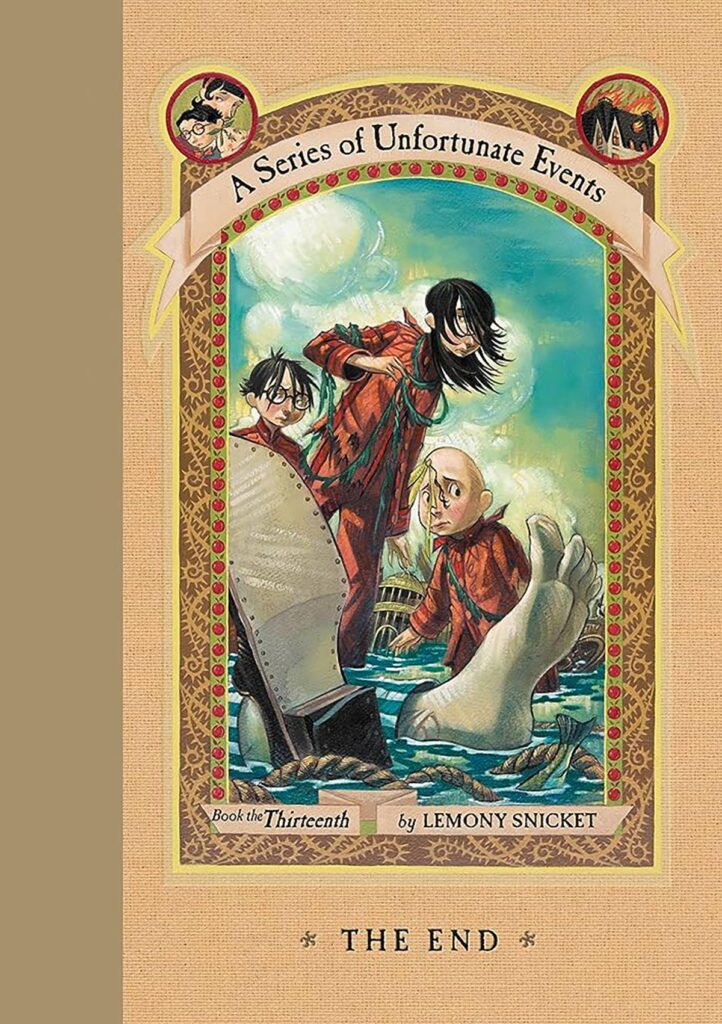
Although the San Francisco-based author does not emphasize Jewish themes in his books, he has said that the Baudelaire children are Jewish, telling Moment Magazine:
“The Baudelaires are Jewish! I guess we would not know for sure, but we would strongly suspect it, not only from their manner but from the occasional mention of a rabbi or bar mitzvah or synagogue. The careful reader will find quite a few rabbis.”
He went so far as to say that all his characters are Jewish: “I’m Jewish so, by default, the characters I create are Jewish…I think I have something of a Jewish sensibility shaped by having a Jewish upbringing. Therefore, books that I produce would be somewhat Jewish in tone.”
Conclusion
In a literary field that could easily be dismissed as trivial or insignificant, these Jewish authors have provided a mirror for Jewish children and a window for others.
Judy Blume’s frank discussions of adolescence opened new dialogues, while Maurice Sendak took us on emotional journeys through the realms of fantasy. Shel Silverstein provoked our thinking with simple yet profound messages and Sydney Taylor depicted the joys and challenges of a Jewish immigrant family.
Each in their unique way, these authors broadened the horizons of children’s literature, ensuring that more readers can see themselves in the pages of a book. In reflecting on the books that shaped our childhoods, we find that these stories, penned by Jewish authors, were not just entertainment but impactful life lessons for readers of all ages.
Originally Published Aug 2, 2023 10:58PM EDT


